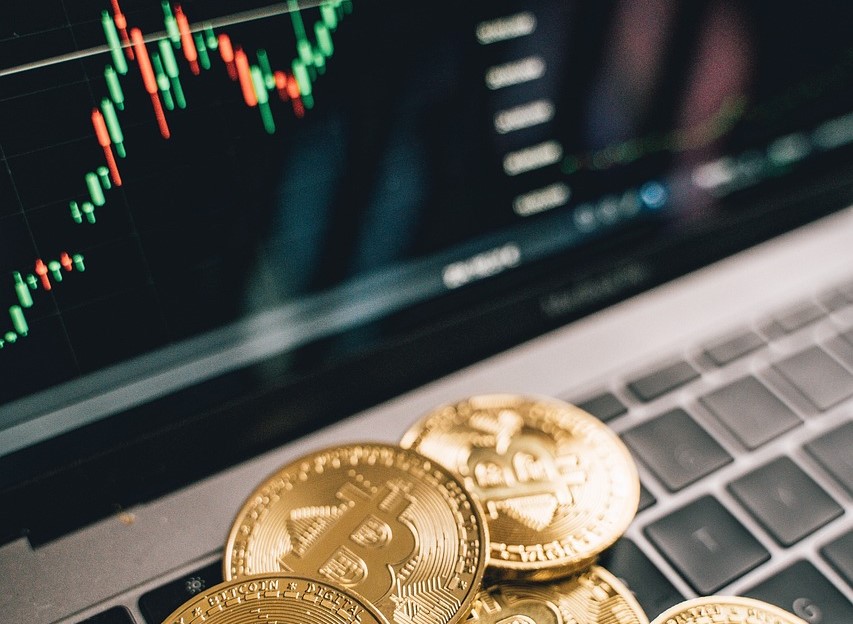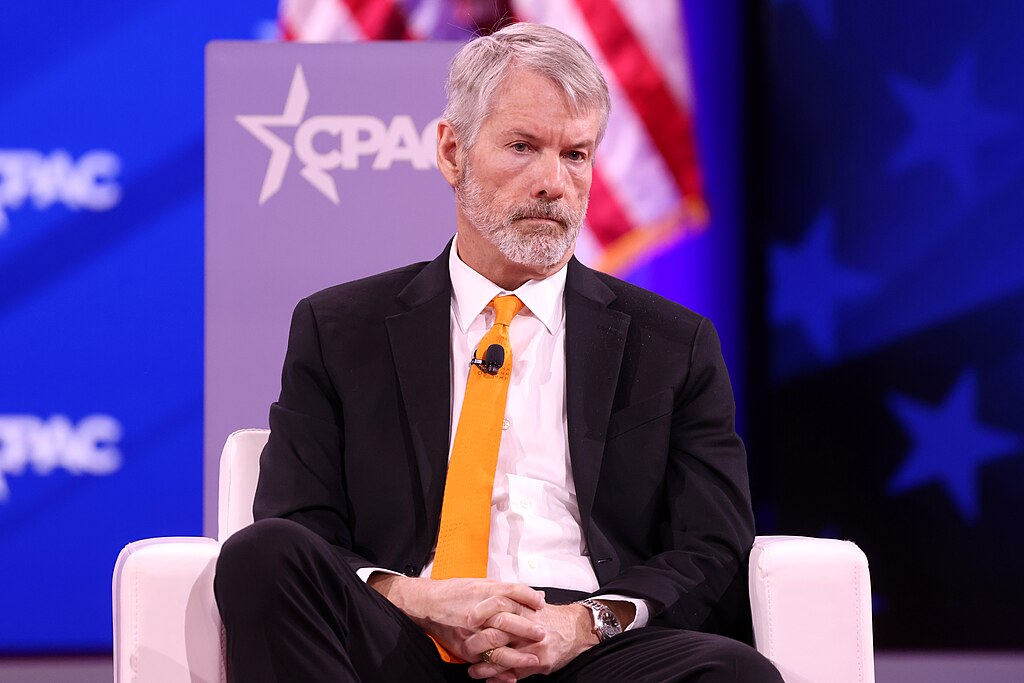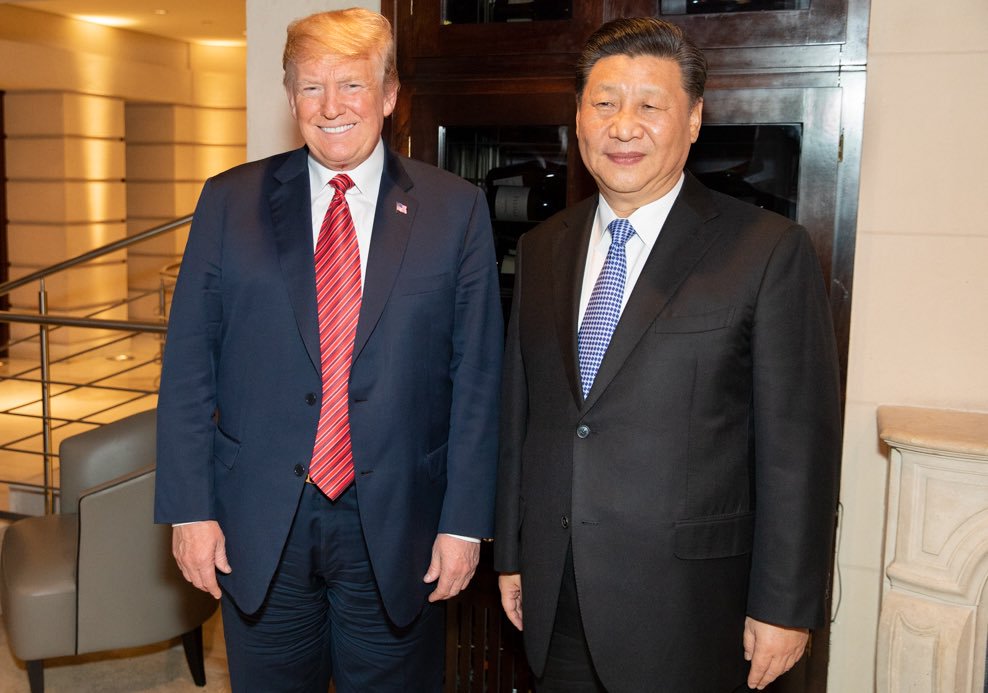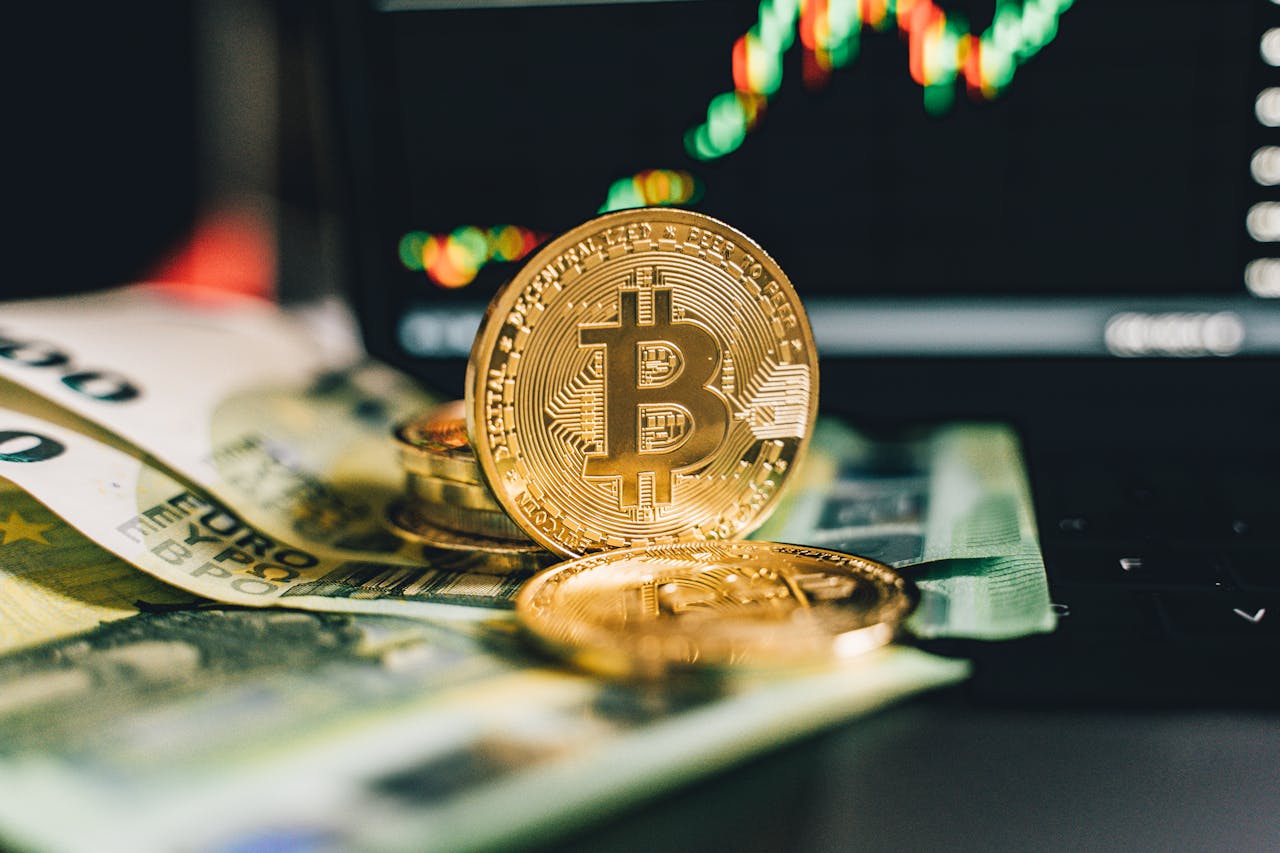A heated debate among macro analysts is challenging the long-standing credibility of the ISM Manufacturing Purchasing Managers’ Index (PMI) — a key economic gauge often used to predict business cycles and Bitcoin market tops. The discussion underscores a broader clash between traditional economic indicators and modern financial-conditions-based analysis, with implications for crypto market forecasting.
Julien Bittel, CFA and macro strategist at Global Macro Investor (GMI), argues that Wall Street’s reliance on metrics like ISM, PMIs, retail sales, and job openings is misplaced. He asserts that these indicators lag real economic shifts, stating, “Everything is downstream to changes in financial conditions.” According to Bittel, GMI’s proprietary US Coincident Business Cycle Index — which factors in forward-looking labor and employment data — began improving in mid-2022, signaling economic recovery well before ISM data caught up. He believes a cooling labor market could foster lower rates and fuel the next phase of expansion.
However, Henrik Zeberg, another prominent macro strategist, disputes this perspective. He warns against overinterpreting survey-based indicators like the ISM, emphasizing, “ISM is NOT the business cycle or the economy. It is a survey!” Zeberg points out that in mid-2022, GMI’s model also predicted a recession that never materialized, suggesting the need for recalibration.
The ISM index, which measures US manufacturing activity, has remained below the neutral 50 threshold for over seven months — traditionally signaling contraction — yet a recession has not followed. Interestingly, analysts such as Raoul Pal and Colin Talks Crypto have noted that ISM’s movements historically align with Bitcoin’s major cycle tops. Based on this correlation, some predict Bitcoin’s next peak could extend into mid-2026, later than the widely expected 2025 top.
If ISM’s stagnation persists, it may indicate a slower but longer economic and crypto expansion, suggesting that Bitcoin’s current bull market could be more durable than previous cycles. This evolving debate bridges traditional economics and digital assets, reshaping how investors interpret macro signals in the crypto era.





















Comment 0